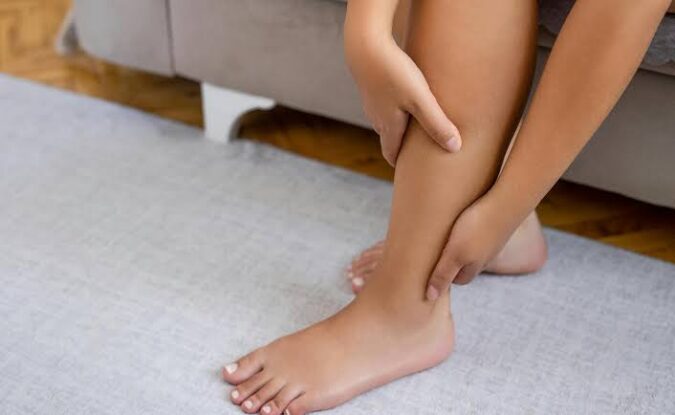High cholesterol is becoming increasingly common. While elevated levels of LDL (bad) cholesterol may not show immediate symptoms, ignoring it for a long time can significantly increase the risk of serious conditions like heart attack and stroke.
Usually, high cholesterol doesn’t show clear signs until it reaches dangerous levels. When cholesterol builds up in the arteries, it narrows or blocks them, reducing the supply of oxygen and blood to the legs. This can lead to certain changes or discomfort in the legs — signs you should not ignore, as they could indicate rising cholesterol in your blood.
Warning Signs of High Cholesterol in Your Legs
1. Muscle Cramps
Cramping or pain in the calf muscles, especially while walking, is a common sign of cholesterol buildup in blood vessels.
2. Cold Feet
If your feet often feel unusually cold, it could indicate poor blood circulation. Narrowed arteries can prevent proper blood flow, causing the temperature in the feet to drop.
3. Numbness or Tingling
Lack of blood flow can affect the nerves, resulting in numbness or a tingling sensation in your feet or toes. You may even feel your leg muscles pulling during sleep — a possible result of high cholesterol.
Also Read-: High Cholesterol Symptoms: Hidden Signs That Appear Only While Walking
4. Pale or Discoloured Skin on the Legs
Fat buildup in the arteries can affect blood circulation, making the skin on your legs appear paler or duller than usual.
5. Changes in Toenails
Poor blood supply may cause toenails to grow slowly, become thickened, deformed, or change colour.
How to Prevent High Cholesterol?
Lifestyle changes are the most effective way to manage cholesterol levels. Eat a diet rich in fibre and low in saturated fats, reduce salt and sugar intake, walk or exercise lightly for at least 30 minutes daily, maintain a healthy weight, and avoid smoking and alcohol.


